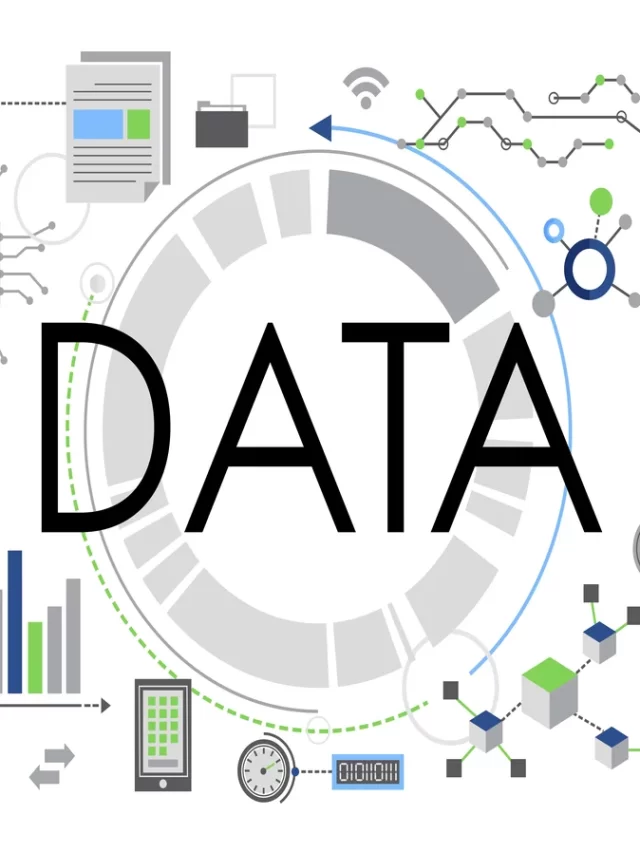What Is Social Listening? A Comprehensive Guide to Get Started

In the age of social media and digital communication, understanding what your audience is saying about your brand, industry, and competitors is crucial for success. Social listening, often referred to as social media listening or brand monitoring, is a powerful strategy that allows you to tune in to online conversations and gain valuable insights. In this comprehensive guide, we will delve into the concept of social listening, its benefits, and how to get started with it.
What Is Social Listening?
Social listening is the process of tracking and analyzing online conversations, mentions, and discussions related to your brand, products, industry, or any relevant topic across various social media platforms, forums, blogs, and news websites. It goes beyond monitoring your brand’s mentions; it involves actively analyzing and extracting insights from the data to inform your marketing, customer service, and overall business strategies.
Key Elements of Social Listening
To grasp the concept of social listening, consider the key elements that make up this practice:
1. Monitoring Mentions: This involves keeping track of mentions of your brand, products, and industry keywords on social media and other online platforms.
2. Analyzing Sentiment: Social listening tools can determine whether online mentions are positive, negative, or neutral. This helps gauge public sentiment and the impact of online discussions.
3. Identifying Trends: By analyzing conversations and topics related to your industry, you can spot emerging trends and stay ahead of the curve.
4. Competitor Analysis: Social listening allows you to keep an eye on your competitors, understanding their strategies and identifying opportunities for differentiation.
5. Customer Insights: Gain a deeper understanding of your audience by listening to their concerns, preferences, and pain points.
Getting Started with Social Listening
Now that we’ve covered the basics of social listening, let’s explore how to begin implementing it for your brand.
1. Define Your Objectives
Start by setting clear goals and objectives for your social listening efforts. Determine what you want to achieve, whether it’s improving customer service, tracking brand reputation, or identifying market trends.
2. Choose the Right Tools
There are numerous social listening tools available, ranging from free to premium options. Tools like Brandwatch, Hootsuite, Mention, and Socialbakers can help you monitor and analyze online conversations effectively. Select the one that best suits your needs and budget.
3. Keyword and Topic Research
Identify relevant keywords and topics that you want to track. These may include your brand name, product names, industry-specific terms, and any other phrases associated with your business. Be as specific as possible to ensure accurate results.
4. Set Up Alerts
Most social listening tools offer alert features that notify you when your chosen keywords or topics are mentioned. These alerts can be real-time or periodic, depending on your preferences.
5. Monitor and Analyze
Once your tools and alerts are set up, regularly monitor and analyze the data. Look for trends, patterns, and insights that can inform your marketing strategies, customer service improvements, and more.
6. Engage and Respond
Social listening is not just about observing; it’s also about engaging with your audience. Respond to comments, address concerns, and participate in relevant conversations to build a positive brand image.
Benefits of Social Listening
Social listening offers a wide array of benefits for businesses of all sizes and industries:
1. Improved Customer Service: Promptly addressing customer concerns and issues can enhance your reputation and loyalty.
2. Competitive Advantage: Keeping tabs on competitors’ strategies and shortcomings can help you differentiate your brand.
3. Enhanced Product Development: Gathering feedback from your audience can inform product or service improvements.
4. Crisis Management: Identifying and addressing potential PR crises before they escalate is crucial for damage control.
5. Market Insights: Understanding market trends and consumer preferences can guide your business decisions and marketing campaigns.
Key Takeaways
Social listening is an invaluable practice in today’s digital landscape. By monitoring online conversations, analyzing data, and actively engaging with your audience, you can gain a competitive edge, enhance your brand’s reputation, and make data-driven decisions that lead to business success. Whether you’re a small startup or a well-established enterprise, social listening is a strategy that can benefit your organization in numerous ways. Start listening and harnessing the power of online conversations to drive your business forward.
FAQs:
Social listening, also known as social media listening or brand monitoring, is the process of tracking and analyzing online conversations, mentions, and discussions related to your brand, products, industry, or any relevant topic across various social media platforms, forums, blogs, and news websites.
Social listening is important because it helps businesses understand what their audience is saying about them, their competitors, and their industry. It provides insights into customer sentiment, emerging trends, and opportunities for engagement and improvement.
Social monitoring typically involves tracking brand mentions and engagement metrics (likes, shares, comments), while social listening goes further by analyzing sentiment, identifying trends, and extracting valuable insights from the data.
Common objectives for social listening include improving customer service, tracking brand reputation, identifying market trends, monitoring competitors, and gathering customer insights for product or service improvements.
There are various social listening tools available, ranging from free to premium options. Some popular tools include Brandwatch, Hootsuite, Mention, Socialbakers, and more. The choice of tool depends on your specific needs and budget.







